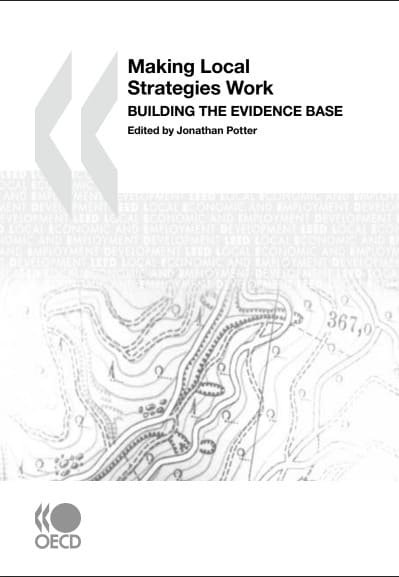Description
The ultimate objective of any local development strategy must be to
overcome the weaknesses and build on potential strengths of target areas.
Well-defined objectives need to prompt focused efforts to create, maintain
and/or improve economic and social conditions of a location, whether for an
underperforming area or for an already steadily growing local economy.
In considering what may be the most appropriate objectives for local
development strategies and interventions, policy makers and practitioners
participating to the process face two main questions:
1. Understanding the origin and nature of the economic challenges
confronting such areas.
2. Considering the types of intervention that might be most relevant.
Gaining agreement about objectives is a process that requires, but does not
always receive, considerable attention, reflecting a number of obstacles:
• The situation is often complex and this leads to the impression that it is
too difficult to determine priorities.
• Strategies may conflict across different agencies or spatial scales.
• Residents and/or businesses may have different priorities.
• It is difficult to get the private sector on board.
• It may be perceived that the strategy can only tackle the supply-side
issues – the market determines demand.
• Monitoring and evaluation are considered as unnecessary and premature
and the whole exercise as too bureaucratic.
• There is no clear understanding of the need for a specific development
strategy when the local area is already prosperous.
This chapter will address some of these issues and show which activities are
important in arriving at appropriate objectives. Some of the responses to the
list of the obstacles may include:






Reviews
There are no reviews yet.